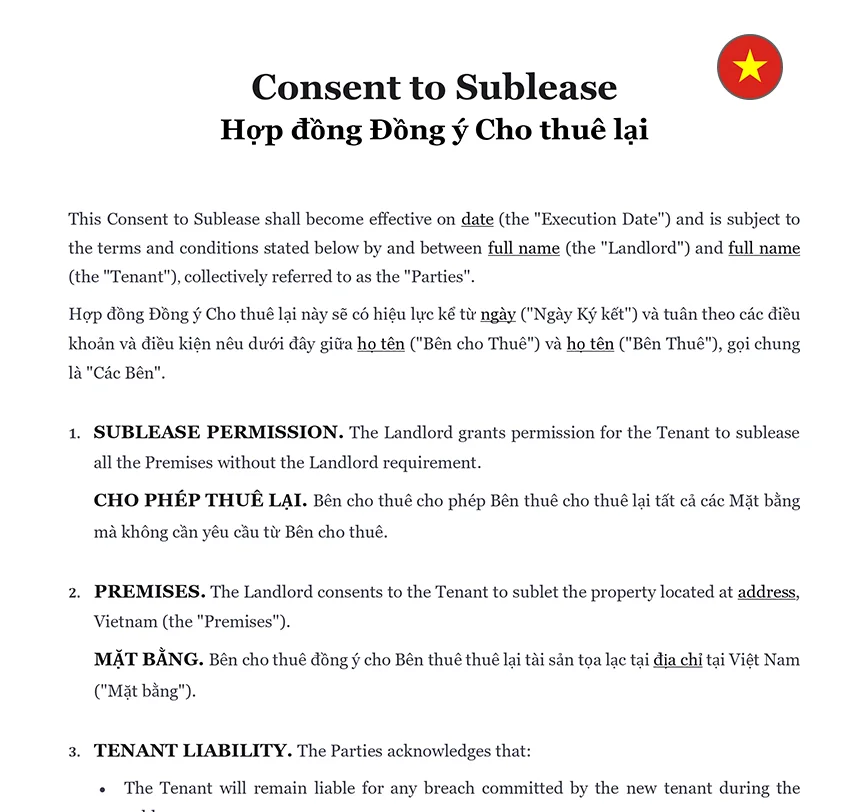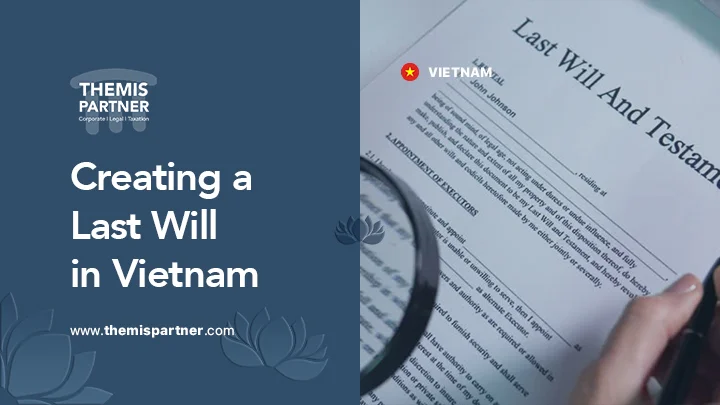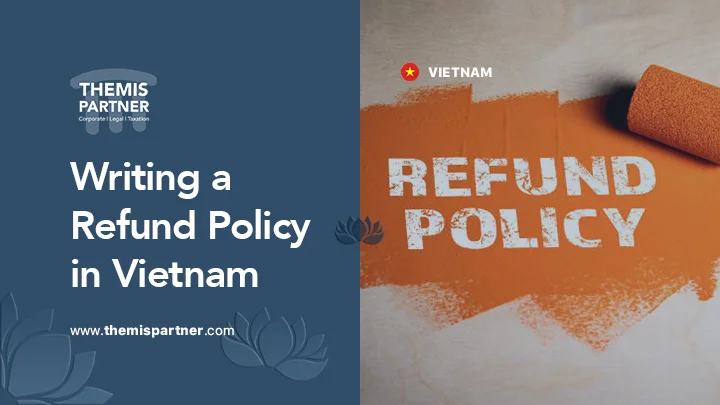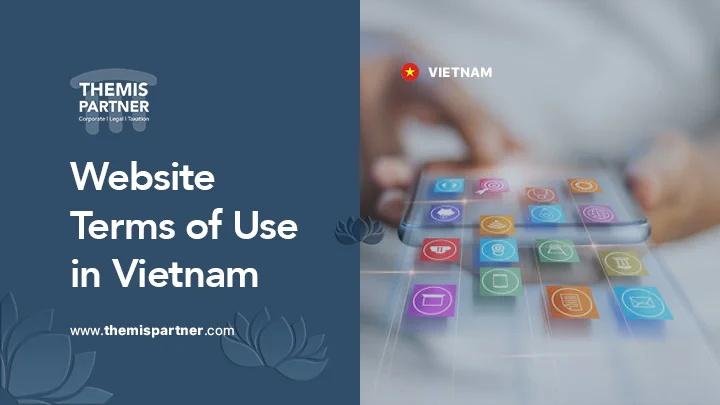Understanding How to Allow Subleasing in Vietnam
Subleasing, also known as subletting, involves a tenant renting out their leased property to another party, known as the subtenant. This arrangement can be advantageous for tenants seeking additional income and for landlords aiming to maintain property occupancy. However, it’s essential to manage this process carefully to avoid conflicts and legal issues. The sublease must adhere to the terms of the original lease and be approved by the landlord. Understanding these dynamics is critical to ensuring a smooth subleasing experience.
ℹ️ Use our Sublease Agreement Template to formalize subleasing.
Obtaining Consent to Allow Subleasing
Obtaining the landlord’s consent to sublease is a fundamental and legally required step in the process. Without explicit written permission, subleasing could breach the original lease agreement, leading to legal disputes or even eviction. To obtain consent:
1. Formal Request
The tenant must formally request permission from the landlord. This request should include detailed information about the proposed subtenant, the terms of the sublease, and how the sublease will be managed.
2. Written Consent
The landlord’s consent should be documented in writing and added as an official amendment to the original lease. This consent must outline any specific conditions or limitations imposed by the landlord.
3. Legal Documentation
Ensure that both parties retain copies of the consent documentation. This serves as proof of authorization and protects against any future disputes.
For further information on landlord-tenant regulations, consult the Ministry of Construction and Vietnam National Legal Documents Database.
Drafting a Clear Consent to Sublease
A well-drafted consent to sublease document is crucial for ensuring that all parties are on the same page and to avoid potential disputes. Key elements to include are:
| ➤ Parties Involved: Identify the landlord, tenant, and subtenant by name and role. |
| ➤ Property Details: Provide a detailed description of the property being subleased. |
| ➤ Sublease Terms: Outline the terms of the sublease, including duration, rent, and payment terms. |
| ➤ Landlord’s Conditions: Specify any conditions or restrictions imposed by the landlord. |
| ➤ Approval and Signatures: Include space for signatures of the landlord and tenant, indicating their agreement. |











